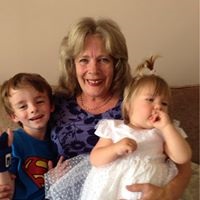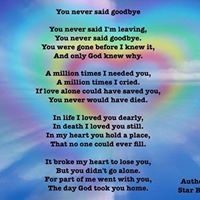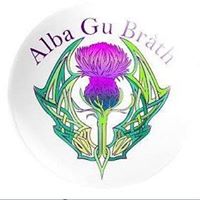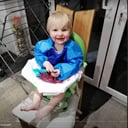When did the British Broadcasting System (BBC) begin broadcasting on radio?
The British Broadcasting Company broadcast its first radio bulletin from radio station 2LO on 14 November 1922. Newspaper publishers persuaded the government to ban the BBC from broadcasting news before 7:00 pm, and to force it to use wire service copy instead of reporting on its own.
On Easter weekend in 1930, this reliance on newspaper wire services left the radio news service with no information to report after saying "There is no news today". Piano music was played instead.
The BBC gradually gained the right to edit the copy and, in 1934, created its own news operation. However, it could not broadcast news before 6 PM until World War II.
A weekly Children's Newsreel was inaugurated on 23 April 1950, to around 350,000 receivers. Televised bulletins began on 5 July 1954, broadcast from leased studios within Alexandra Palace in London.
The public's interest in television and live events was stimulated by Elizabeth II's coronation in 1953. It is estimated that up to 27 million people viewed the programme in the UK, overtaking radio's audience of 12 million for the first time.
Those live pictures were fed from 21 cameras in central London to Alexandra Palace for transmission, and then on to other UK transmitters opened in time for the event. That year, there were around two million TV Licences held in the UK, rising to over three million the following year, and four and a half million by 1955.
More Info:
en.wikipedia.org



